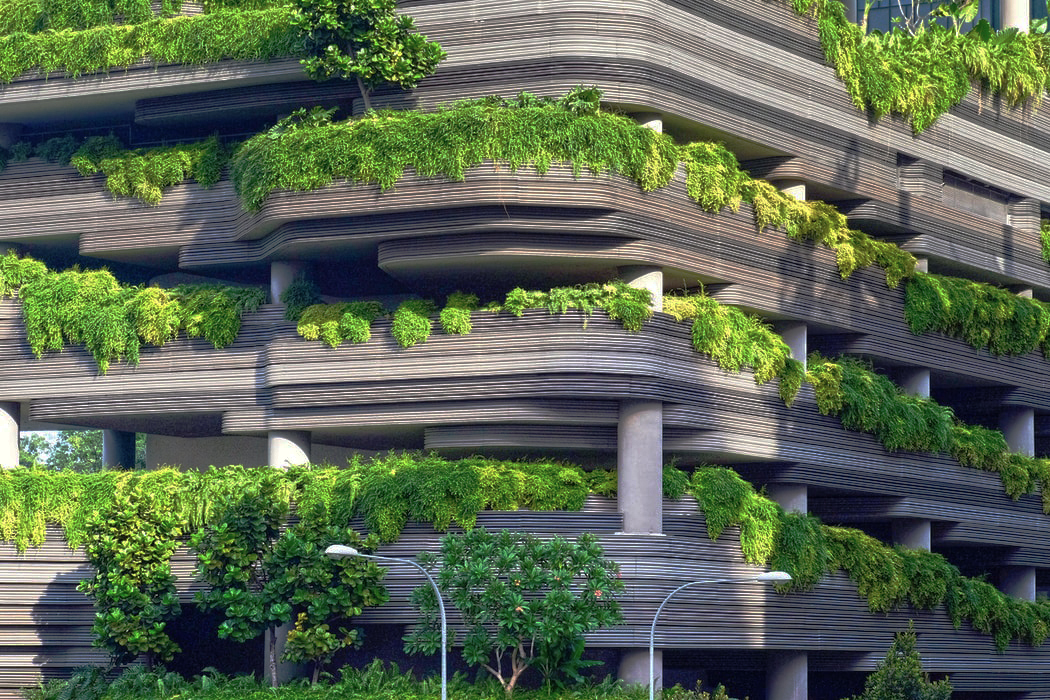

Professor Henrietta L. Moore
The government has announced a £3bn stimulus for green buildings and for improving the energy efficiency of public buildings. At a time when we need the economy to deliver climate and social goals, this is welcome news. Currently, as much as 34% of the UK’s emissions come from buildings, in large part due to poor insulation. This comes at a great social cost too, with the UK seeing almost 10,000 excess winter deaths due to cold homes.
The Conservatives had already identified this as a priority area in their manifesto, with a £9bn pledge to improve the energy efficiency of cold, draughty homes. As the government pushes forward with this, there are plenty of examples of good projects to replicate that have already emerged across the country.
Traditionally, adding insulation is a costly project which involves residents needing to move out of their homes for long periods. However, many problems-solvers have been working to innovate how we do insulation. A Dutch company called EnergieSprong, which translates to Energy Leap, create insulation and energy infrastructure for existing houses which can be installed without tenants needing to move out. They are working with Nottingham Council to apply this method to 155 homes in Nottingham.
As for creating the insulation itself, a lot of interesting projects are happening. There are promising signs that 3D-printed insulation could outperform the traditionally used foam. Another innovative approach involves installing underfloor insulation with a remote-controlled gadget. This greatly reduces the amount of time residents need to move out of their homes, making the whole process cheaper and more efficient.
Perhaps most exciting area comes from bio-manufacturing company BIOHM. They use biomimicry to “create a healthier, more sustainable, built-environment.” They have developed a method of creating insulation by using mycelium, a network-like part of fungi. The mycelium grows and consumes organic waste from other industries, and can be turned into a high-performing insulation material.
Sunak suggested that more green spending would be announced later this year. If these new measures extend to new green buildings, there are also many great projects in the UK to replicate.
In Wales, a new zero-emission neighborhood is being built, called Parc Hadau. The architects say Parc Hadau is “optimised to ensure the correct balance of daylight, solar gains, heat loss and thermal efficiency”. The development will generate more energy than it uses, and is made of timber, which stores the carbon it sequestered when it was grown.
In Norwich, a new social housing development recently won the RIBA Stirling Prize for “ultra-low energy homes”. For residents, energy costs will be 70% less than the norm. But the benefits go beyond this. The architects put a large emphasis on natural light, green space, communal areas, space for kids to play, and streets which below to people, not cars. These characteristics offer foundations for a community that can flourish together.
In London, a start-up called SKYROOM can now use disused rooftop space to build homes for key workers. The homes are build off-site, meaning there is minimal disruption to the existing building. They are also built to a high sustainability standard, being well insulated, using smart home devices, and powered by solar energy. A further benefit of this approach is it could provide homes for key workers near to the schools, hospitals, and fire stations so they can live in the communities they serve.
If insulation and green building is really a priority, there should be no limit to our ambition. Innovators have been paving the way for serious positive change for a long time. The pieces are there for us to transform buildings into what they need to be to meet the challenges of the 21st century. If we are to hit ‘net-zero’ by 2050, this work needs to be done as soon as possible, and it should be done, as it’s a clear example of policy that can create climate and social progress. This is a large undertaking, and a key part of building back better. If taken seriously, this could bring opportunity and prosperity to every locale across the UK and support young entrepreneurs in building a better future.
Image credit: Danist on Unpslash